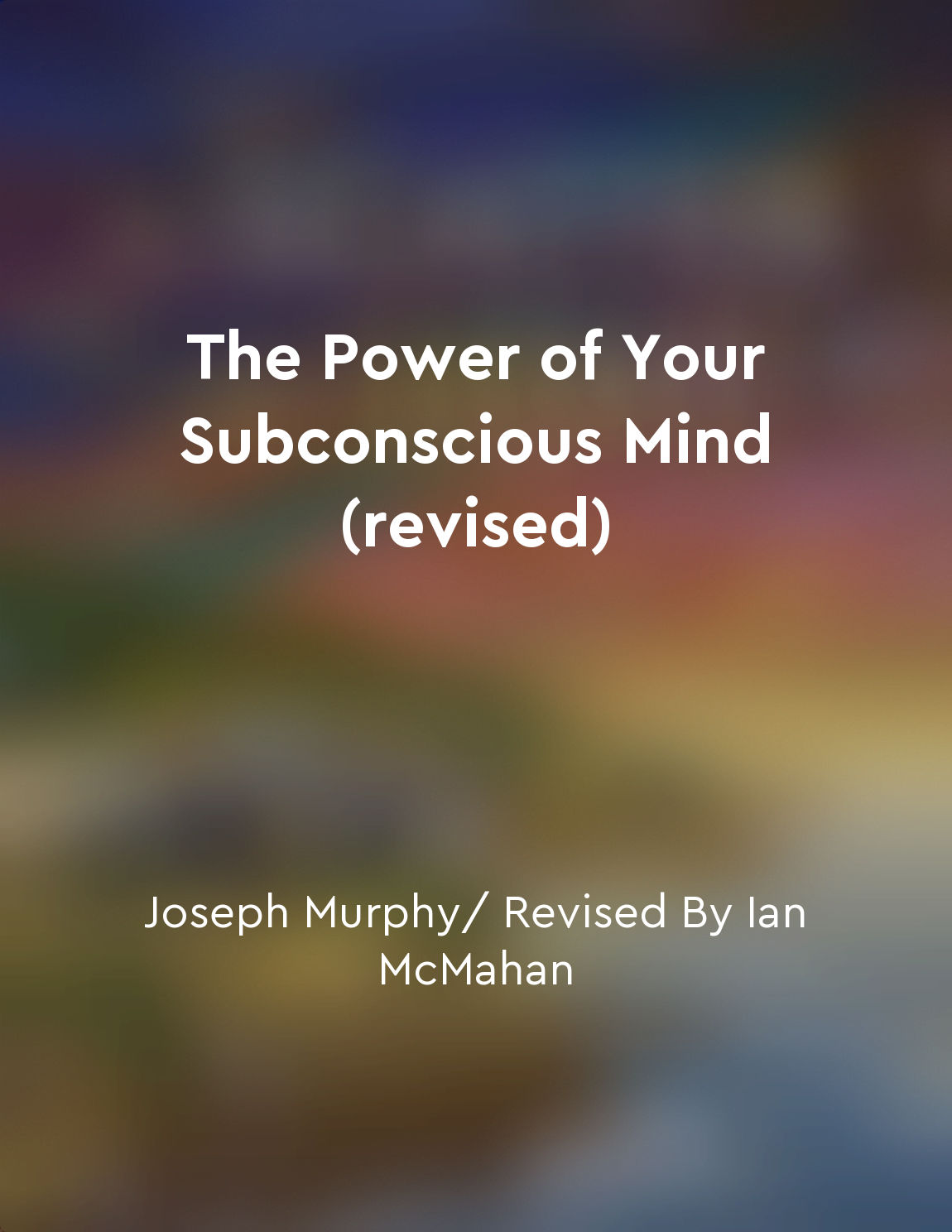Audio available in app
Cognitive processes involve both conscious and unconscious mechanisms from "summary" of Cognitive Neuroscience by Gazzaniga,Michael,Ivry,Richard B.,Mangun,George R.
The interplay between conscious and unconscious mechanisms is fundamental to understanding how cognitive processes function. Conscious processes are those that individuals are aware of and can control, such as deliberate problem-solving or decision-making. These processes unfold in a linear and organized manner, allowing for reflection and analysis. In contrast, unconscious mechanisms operate beneath the level of awareness, influencing thoughts, feelings, and behaviors without direct cognitive control. These mechanisms can include automatic responses, implicit biases, and learned associations that shape perceptions and actions without conscious deliberation. The brain engages in a constant dialogue between these two realms, often leading to decisions or actions that might later be rationalized by conscious thought. This duality is illustrated through various cognitive tasks, where individuals may demonstrate skills or knowledge they cannot explicitly articulate. For example, a person may navigate a familiar environment effortlessly, drawing on unconscious spatial memory, even if they struggle to describe the pathways verbally. Such occurrences highlight the efficiency of unconscious processing, allowing individuals to perform complex tasks without overloading their conscious awareness. Neuroimaging studies reveal that different brain regions are activated during conscious and unconscious tasks, further emphasizing the distinct yet interconnected nature of these processes. Areas associated with self-awareness and executive control are often engaged in conscious tasks, while regions related to emotional and automatic responses are more active during unconscious processing. Recognizing the balance and interaction between these mechanisms enriches the understanding of human cognition, offering insights into how individuals learn, adapt, and respond to their environment. The dynamic relationship between the conscious and unconscious mind shapes not only individual behavior but also broader cognitive functions, paving the way for future research in cognitive neuroscience.Similar Posts
Brain cells communicate
One of the key functions of the human brain is the ability of brain cells to communicate with one another. This communication o...

Practice selflove and acceptance
To practice self-love and acceptance is to truly understand and appreciate yourself for who you are, without judgment or critic...
Positive selftalk can reshape neural connections for success
Positive self-talk has the power to reshape the neural connections in your brain. When you engage in positive self-talk, you ar...
The brain can sometimes deceive us
The brain can sometimes deceive us. It is a powerful machine, capable of processing vast amounts of information in a fraction o...
Align thoughts with desires
To align your thoughts with your desires means to ensure that the mental images and ideas you hold in your mind are in harmony ...

Engage in debate to stimulate critical thinking skills
When we engage in debate, we are not just voicing our opinions or arguing for the sake of winning. Rather, we are actively part...

Positive affirmations can reprogram the mind
Positive affirmations are a powerful tool that can be used to reprogram the mind. By consistently repeating positive statements...
The importance of spirituality in human life should not be ignored
Spirituality is a crucial aspect of human life that should not be dismissed or underestimated. It is not just a vague concept o...
Manifest your desires with clarity
To manifest your desires with clarity, you must first understand what it is that you truly want. This requires a deep level of ...

Utilizing anchoring techniques for positive association
Anchoring techniques are a powerful tool in the practice of Neuro-linguistic Programming (NLP). By creating a positive associat...
